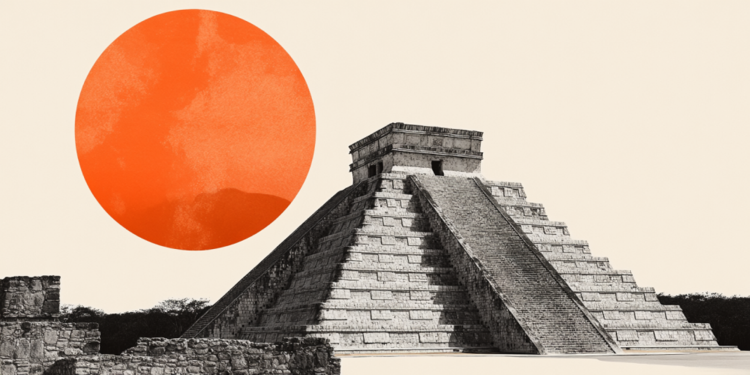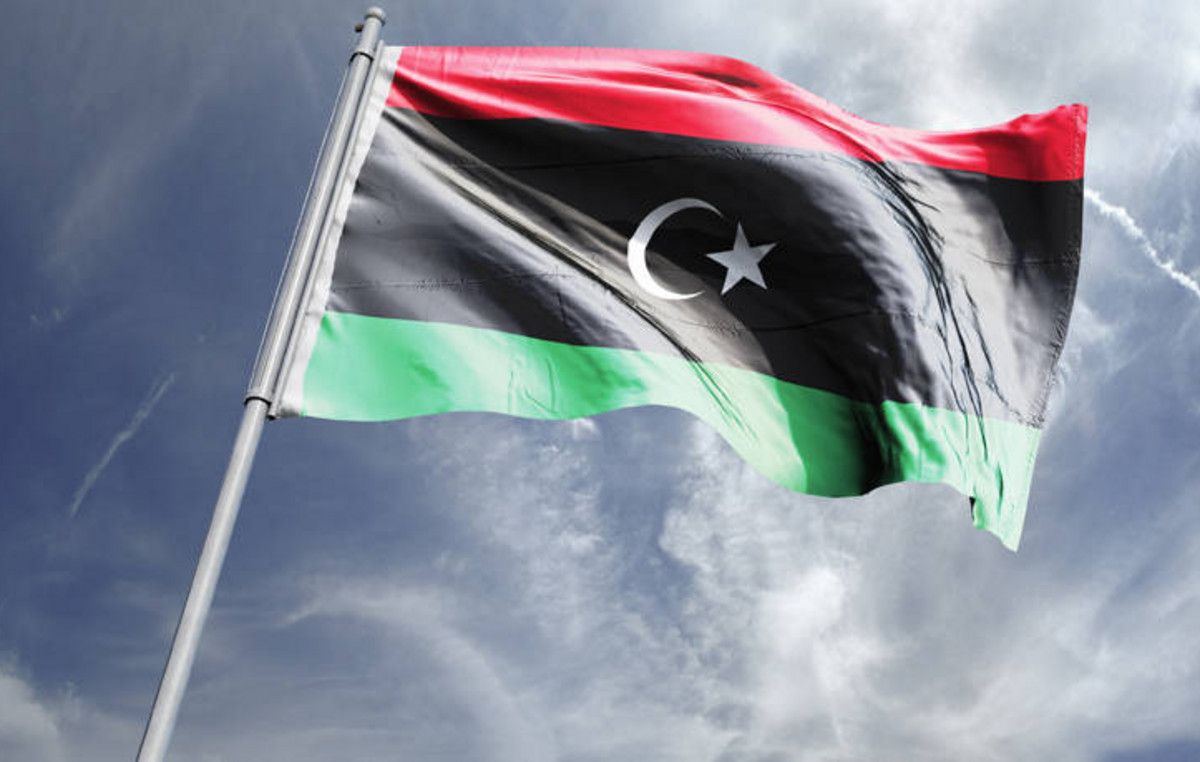The US National Aeronautics and Space Administration (NASA) like some other big companies are worried about its Starlink design SpaceX, regarding the development of about 30,000 satellites.
Elon Musk’s SpaceX has authorized about 12,000 satellites to offer broadband Internet services and has applied for approval to develop second-generation satellite formations, which include 30,000 satellites.
«NASA is worried for the possibility of a significant increase in the frequency of combination problems, but also possible effects in its scientific missions and manned space flights, “the same agency told the US Federal Communications Commission (FCC).
NASA, as reported by the Athenian-Macedonian News Agency, pointed out that at present there are a total of 25,000 objects in orbit and about 6,100 at an altitude of less than 600 kilometers.
The expansion of SpaceX Gen2 program “will more than double the number of tracked and orbiting objects, while increasing the number of objects under 600 kilometers by more than five times,” NASA added.
Astrophysicist Jonathan McDowell (Harvard-Smithsonian), a member of the American Astronomical Community committee examining the effects of satellites on astronomy, said: “We are concerned about having these large numbers of satellites intervening in astronomical observations… “I think we need a little more experience with the several thousand operating satellites before we can reach the tens of thousands of satellites.”
Musk wrote in a Twitter post on January 15 that SpaceX had 1,469 active Starlink satellites, while 272 will soon be in orbit.
THE Amazon.com committed to spending at least $ 10 billion to build 3,236 such satellites through the Kuiper program, worries to the FCC regarding the SpaceX project, as well as satellite service provider Dish Network.
Amazon announced that from SpaceX space applications “at least hundreds and possibly more than ten thousand SpaceX satellites could operate at the same heights as the Kuiper system”.
He also warned that “the consequences of this orbital overlap would be a dramatic increase in risks, but also in other burdens on the Kuiper system” and called on the FCC to impose “reasonable conditions”.
Despite being extremely expensive to develop, satellite technology can provide high-speed internet services for people living in rural and inaccessible areas where fiber optics and digital connection towers cannot be accessed. This technology can also be an important support system in case of areas affected by hurricanes, but also other natural disasters that affect communications.
Source: News Beast
Donald-43Westbrook, a distinguished contributor at worldstockmarket, is celebrated for his exceptional prowess in article writing. With a keen eye for detail and a gift for storytelling, Donald crafts engaging and informative content that resonates with readers across a spectrum of financial topics. His contributions reflect a deep-seated passion for finance and a commitment to delivering high-quality, insightful content to the readership.







